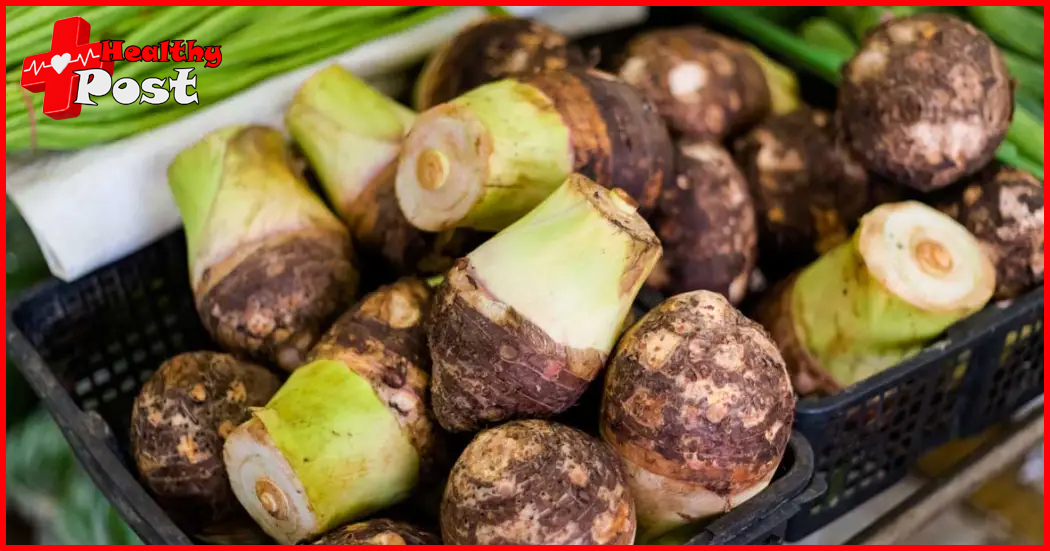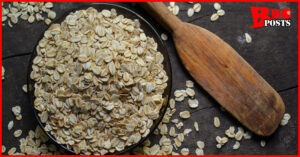
What are the benefits on health, eating “taro” regularly?
Taro, this seemingly ordinary ingredient, actually contains rich nutritional value and health benefits. Regular consumption of taro will not only satisfy your taste buds, but also protect your health. Let’s find out together!

Nutritional value of taro
Taro is rich in starch, protein, dietary fiber and a variety of vitamins and minerals. Among them, dietary fiber helps promote intestinal peristalsis and prevent constipation.
Vitamins and minerals play a vital role in maintaining normal body functions. In addition, taro also contains a mucus protein that can produce immunoglobulins after being absorbed by the body, thereby improving the body’s resistance.
What are the benefits of eating “taro” regularly? Traditional Chinese Medicine: It may solve 5 problems, don’t think you look ugly
1. Detoxification and disease resistance
After steaming taro, it has a soft and waxy texture and an attractive taste. It can also replenish a large amount of mucus protein for the human body. This substance can promote the production of human immunoglobulin and significantly enhance the body’s disease resistance.
In addition, shower gel contains a variety of natural detoxification ingredients, which can prevent toxins from accumulating in the body.
2. Enhance immunity
Taro is high in vitamins and minerals, which can provide the body with the nutrients it needs to enhance immunity and reduce the risk of illness. The mucus protein contained in taro is also very helpful in improving immunity.
3. Maintain the spleen and stomach
Taro contains a natural polysaccharide plant colloid, which can increase appetite and help relieve constipation. Taro can also help maintain spleen and stomach health because of the mucus it contains.
It can form a protective film on the surface of the intestinal wall and stomach wall, and can also help the intestines and stomach digest and absorb food. It is also rich in dietary fiber, which reduces the load on the stomach by promoting gastric peristalsis.
4. Beauty of black hair
It is an alkaline food that can neutralize the accumulated acidic substances in the body and regulate the body’s acid-base balance, thereby achieving beauty and beauty effects. In addition, it can make hair black and shiny and treat hyperacidity in the stomach.
5. Lower blood sugar
The high dietary fiber content in taro can slow down the absorption of food in the intestines and help stabilize blood sugar levels. In addition, the starch hydrolase in taro can help the body break down sugar and has a certain auxiliary therapeutic effect on diabetic patients.

Can’t you just eat taro? Doctor: These 5 types of people should try to eat as little as possible. It is recommended to understand
1. People with sensitive skin
It contains a large amount of mucin, calcium oxalate and other substances, which are not recommended for people with sensitive skin. After consumption, it may induce or aggravate allergy symptoms, causing rash, itching, fever, redness and other uncomfortable symptoms in the human body, which is not good.
2. People suffering from spleen and stomach deficiency
People suffering from spleen and stomach deficiency should also eat less taro. Traditional Chinese medicine believes that people with spleen and stomach deficiency have insufficient yang energy, and it is cold in nature, which will further damage the function of the spleen and stomach, leading to aggravation of indigestion, diarrhea and other symptoms. If you have a weak spleen and stomach, it is best to choose some warm foods to replenish energy.
3. People taking specific drugs
Certain medications may interact with ingredients in taro, affecting their efficacy or causing adverse reactions. For example, patients taking antidiabetic medications may experience hypoglycemia after eating it.
Patients taking diuretics may develop hyperkalemia due to the potassium. Therefore, people taking certain medications should seek medical advice before consuming taro.
4. Patients with thyroid problems
Some people with thyroid-related problems may need to avoid or limit their intake. The cyanogenic glycosides in taro will be converted into thiocyanate in the body, which may affect thyroid function in certain amounts. People with thyroid problems are advised to reduce their taro intake and consult a doctor for more accurate dietary advice.
5. Diabetic patients
It contains a certain amount of carbohydrates, which are converted into glucose in the body. For people with diabetes, eating too many carbohydrates can cause blood sugar to rise and worsen the condition. Although taro is relatively low in sugar, diabetics are still advised to limit their consumption.
The “mortal enemy” of taro, the two must not be eaten together. If you eat it, you will not get sick. I suggest you know more about it.
1. Banana
Taro and bananas should not be eaten together. It is rich in starch, while bananas are rich in tannic acid. If the two are eaten together, it will not only reduce the nutritional value, but also be difficult to absorb and easily cause abdominal distension.
2. Dried bamboo shoots
It contains a lot of amylose and is not easy to digest. Eating too much of the two foods together can easily aggravate the burden and cause physical discomfort.
3.Persimmon
Persimmons contain a lot of vitamins and tannic acid, while taro contains a lot of vitamins, cellulose, carotene and a variety of mineral compounds. If you eat persimmons after eating it, the tannic acid will react with the ingredients in the taro, reducing the nutritional value.
Eat more taro in spring. Try these 3 delicious ways. It’s soft, glutinous and fragrant. Eating it regularly is good for your spleen and stomach.
1. Steamed taro balls
Mix cocoa powder and sugar, mix well, put it on a plate and set aside; peel and wash it, cut it in half and then cut it into small pieces, trim off the edges, put it in a steamer and steam it for about 20 minutes, take it out; steam, dip it in sugar and cocoa powder while it’s hot, mix well, and place on a plate.
2. Fried taro chips
Peel and wash it and cut into thin slices. Put the flour into a small bowl, add sesame seeds, peppercorns, soy sauce, refined salt, MSG and appropriate amount of water, stir evenly to form a batter. Pour peanut oil into the wok, heat it to 70% heat, add the taro slices covered with batter, fry until golden brown, remove and drain, put on a plate and serve.
3. Steamed taro with minced meat
Prepare some Lipu taro. If you don’t have it, you can use hairy taro. Peel it, wash it, cut it into thicker pieces, and put it on a plate. Chop the chicken into minced meat, pour the minced meat into the hot pot with cold oil, stir-fry until it changes color, add salt, light soy sauce, dark soy sauce, cooking wine, pepper, and minced ginger and stir-fry for a few times until the aroma is released.
If you can eat spicy food, you can add some millet pepper. Then pour the minced meat on the surface of the it, put it into a steamer to steam until it is cook thoroughly, and then sprinkle a little chopped green onion.

